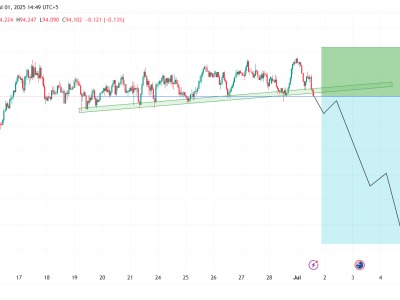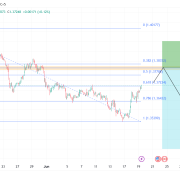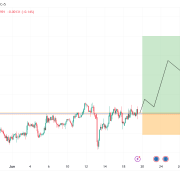
The newest country in the world has imploded, less than six months after it was launched. The USD to ZiG exchange rate has soared from 13.5 in April to 25.86, according to Zimbabwe’s central bank. This performance means that it has now dropped by almost 100% against the benchmark US dollar.
The situation is worse in the informal sector, where the USD/ZIG exchange rate has soared to a record high of 50.
Bid for stable currency fails
The Zimbabwe ZiG currency has dropped to a record low as concerns about the experiment and the country’s economy continue.
For starters, the ZiG is a new currency launched by Zimbabwe’s central bank in April after the previous one plunged by over 80% in three months.
It was the country’s sixth attempt to create a stable currency after the previous ones failed. Zimbabwe’s first currency crashed, pushing the central bank to print extremely large denominations.
The new currency whose code is ZWL boasts of being backed by US dollars and gold reserves. However, unlike other asset-based currencies, one can’t convert their ZIG currencies to gold or the US dollar at a fixed rate.
This is different from stablecoins like Tether and USD Coin, which are backed 1:1 to the US dollar. With 1,000 USDT, one can easily convert them to $1,000 within a few seconds.
Exchange Rates for Tuesday,08 October 2024.
Why the ZiG has failed
There are a few reasons why the Zimbabwe ZiG has imploded a few months after it was launched.
First, there is a crisis of confidence among Zimbabwe citizens and businesses because of the past currency failures.
When a currency depreciates so much, it worsens inflation, and most importantly, it devalues savings. For example, assume that you saved 1 million Zimbabwe dollars when the currency was trading at 10 against the US dollar. In this case, you have $100,000 in your account.
If the currency devalues to 50, it means that your original $100,000 is worth $2,000. This is important because Zimbabwe imports most of its items, including oil, which are traded in US dollars.
Once bitten twice shy. In Zimbabwe’s case, the currency devaluations have happened several times. The most recent one was the Real-Time Gross Settlement (RTGS) Zimbabwe dollar (ZWL), which was launched in 2019 with a lot of fanfare. By June 2019, the bank had made the currency the sole legal tender.
Between January and April this year, the new currency was down by 80%, which pushed the central bank to start a new one. All ZWL savings and stocks were converted to the new currency.
Therefore, many Zimbabwe residents and businesses have given up on a local currency, with most of them moving to US dollars. Most companies, including the neighborhood shops and markets now use the US dollars.
Zimbabwe Central Bank devolution
The Zimbabwe ZiG was fairly strong in its first few months. However, as we wrote at the time, this stability was because of the currency’s rarity and the actions taken by the central bank. For example, the bank started a major crackdown on the black market, which it blamed for the past crashes.
These actions led to a big divergence between the official rate by the central bank and the black market.
This changed recently when the central bank intervened and devalued the currency by 43% in its bid to close the gap.
Before that, the bank had added more liquidity in the market to prevent further deterioration. It added $50 million in the interbank currency before the devaluation. That was the second big intervention after it added another $64 million in early September.
Zimbabwe economy is not doing well
The Zimbabwe gold currency has also imploded because of the ongoing economic performance as the country nears a recession.
A key issue has been a prolonged drought that has affected the country in the past few months. Just this week, the City of Bulawayo, the second-biggest city in Zimbabwe, announced a 130-hour water-shedding.
The city’s water supplies have been dire as the country remains in the worst drought in over 40 years because of the recent El Nino. It is unclear whether the country will receive adequate rains in the upcoming season.
This drought has led to more food imports, which has led to substantial demand for foreign currency like the South African rand and the US dollar.
Zimbabwe ZiG is in peril
Therefore, according to many analysts,the Zimbabwe ZiG’s future is in peril as concerns about the economy continue.
The biggest concern for the currency is that many people and businesses have lost confidence in it and moved their savings and daily transactions in US dollars.
A likely solution for Zimbabwe would be to create a stablecoin that is backed 1:1 on the US dollar or the South African rand. The challenge in doing that is that the country does not have adequate funds in its reserves to back such a currency.
The post USD to ZiG: What next as Zimbabwe’s new currency implodes? appeared first on Invezz












